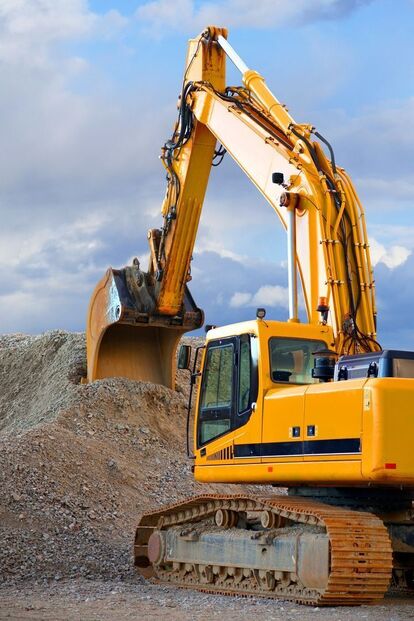The different excavation techniques: Their advantages and disadvantages
- Groupe GEMCO
- December 26 2022

The mechanical shovel excavation technique is the most common and the most economical. It consists of digging the ground with a mechanical shovel, which can be equipped with a variety of buckets of different sizes to adapt to the nature of the ground.
Pros : This technique is fast and efficient, making it ideal for large-scale projects. It is also economical because it does not require specialized labour.
Cons : This technique can damage underground pipes or the foundations of neighboring buildings if not done with care. It can also be difficult to achieve in tight spaces.

The dumpster excavation technique is used for projects that require the removal of large amounts of soil. It uses a bucket that can be loaded by a mechanical shovel or a hydraulic excavator.
Benefits : This technique is quick and effective for removing large amounts of soil. It is also economical because it does not require specialized labour.
Disadvantages : This technique can be dangerous because it involves handling heavy loads. It can also damage the foundations of neighboring buildings if not done with care.
This technique is the oldest and the simplest, it is carried out by hand using tools such as shovels, pickaxes and spades.
It is suitable for small trenches, shallow excavations or tight spaces where access is difficult for a machine.
Advantages: it is inexpensive and does not need energy.
Disadvantages: it is very slow, tiring and can be dangerous for workers.